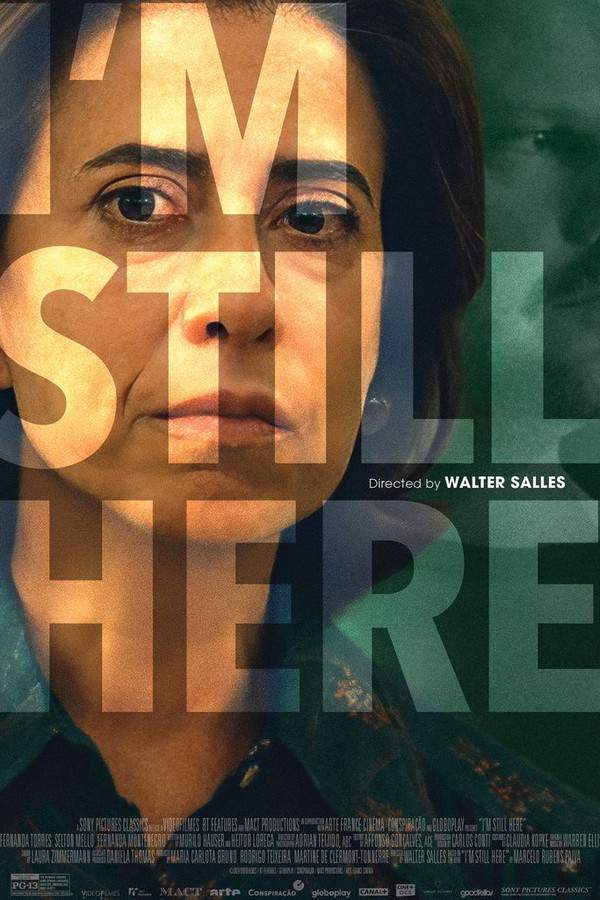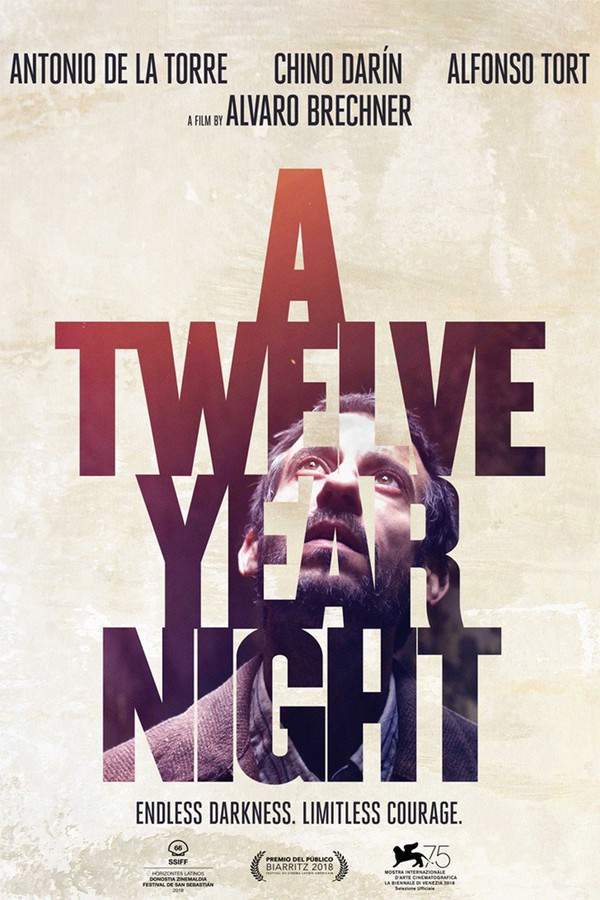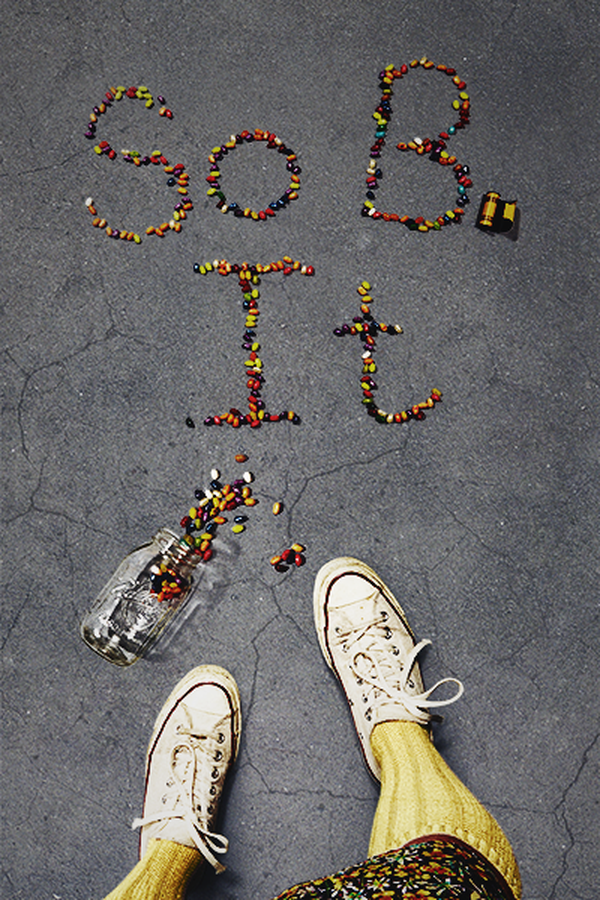
I'm Still Here
Year: 2025
Runtime: 2 h 16 m
Language: portuguese
Director: Walter Salles
Echo Score: 88Budget: $80K
In Brazil, 1971, a family's life is tragically disrupted by an act of violence under the country's increasingly repressive military dictatorship. The mother is compelled to rebuild her life and adapt to the changing circumstances. The story is based on Marcelo Rubens Paiva's acclaimed memoir.
Warning: spoilers below!
Haven’t seen I'm Still Here yet? This summary contains major spoilers. Bookmark the page, watch the movie, and come back for the full breakdown. If you're ready, scroll on and relive the story!
Timeline – I'm Still Here (2025)
Trace every key event in I'm Still Here (2025) with our detailed, chronological timeline. Perfect for unpacking nonlinear stories, spotting hidden connections, and understanding how each scene builds toward the film’s climax. Whether you're revisiting or decoding for the first time, this timeline gives you the full picture.
Last Updated: October 09, 2025 at 16:12
Explore Movie Threads
Discover curated groups of movies connected by mood, themes, and story style. Browse collections built around emotion, atmosphere, and narrative focus to easily find films that match what you feel like watching right now.
Political Survival Dramas like I'm Still Here
Stories of ordinary lives fractured by the brutality of an authoritarian regime.If you were moved by the harrowing historical truth of I'm Still Here, these films also depict the struggle for survival under repressive regimes. Discover movies like I'm Still Here that explore the intersection of family, trauma, and the fight for dignity against overwhelming political force.
Narrative Summary
These narratives typically follow individuals or families whose worlds are violently disrupted by a repressive government. The plot often revolves around loss, grief, and the long, arduous path of adapting to a new, more dangerous reality, where personal survival becomes a quiet act of defiance.
Why These Movies?
Movies in this thread share a dark, oppressive tone and a heavy emotional weight, focusing on the traumatic impact of political systems on human lives. They are united by their serious pacing, high intensity stemming from real-world horrors, and a focus on themes of injustice and resilience.
Bittersweet Stories of Grief and Resilience like I'm Still Here
Journeys of profound loss that find a glimmer of resilience, but not full healing.For viewers who appreciated the complex emotional resolution of I'm Still Here, this collection features movies with similarly bittersweet endings. Find films like I'm Still Here where characters carry heavy grief but find a way to endure, blending profound sadness with a quiet acknowledgment of survival.
Narrative Summary
The narrative arc follows a character through a devastating, life-altering loss. The story meticulously charts the long-term psychological impact, avoiding neat closure. The ending is bittersweet, acknowledging that some wounds never fully heal while finding meaning in the simple, ongoing act of living.
Why These Movies?
These films are grouped by their shared emotional journey: they begin with a heavy, tragic event and explore its lifelong consequences. They are defined by a steady pacing that allows grief to breathe, a high emotional weight, and an ending feel that is bittersweet rather than purely bleak or happy.
Unlock the Full Story of I'm Still Here
Don't stop at just watching — explore I'm Still Here in full detail. From the complete plot summary and scene-by-scene timeline to character breakdowns, thematic analysis, and a deep dive into the ending — every page helps you truly understand what I'm Still Here is all about. Plus, discover what's next after the movie.
I'm Still Here Summary
Read a complete plot summary of I'm Still Here, including all key story points, character arcs, and turning points. This in-depth recap is ideal for understanding the narrative structure or reviewing what happened in the movie.

Characters, Settings & Themes in I'm Still Here
Discover the characters, locations, and core themes that shape I'm Still Here. Get insights into symbolic elements, setting significance, and deeper narrative meaning — ideal for thematic analysis and movie breakdowns.

I'm Still Here Ending Explained
What really happened at the end of I'm Still Here? This detailed ending explained page breaks down final scenes, hidden clues, and alternate interpretations with expert analysis and viewer theories.

I'm Still Here Spoiler-Free Summary
Get a quick, spoiler-free overview of I'm Still Here that covers the main plot points and key details without revealing any major twists or spoilers. Perfect for those who want to know what to expect before diving in.

More About I'm Still Here
Visit What's After the Movie to explore more about I'm Still Here: box office results, cast and crew info, production details, post-credit scenes, and external links — all in one place for movie fans and researchers.






























